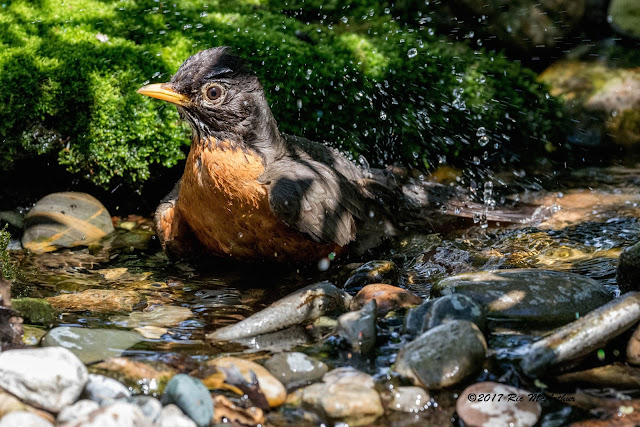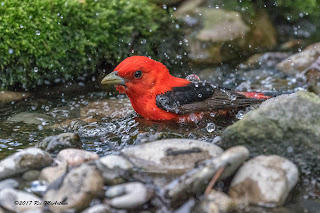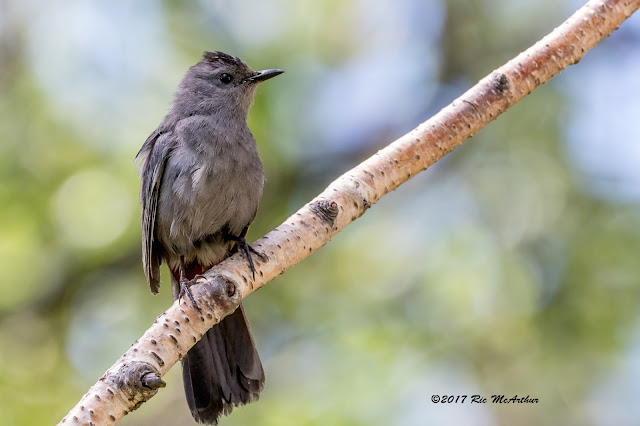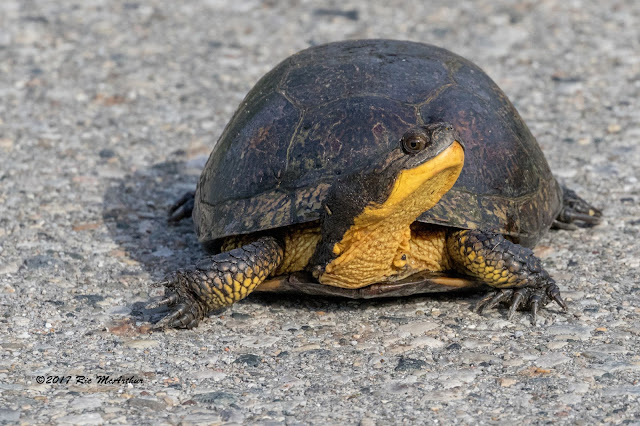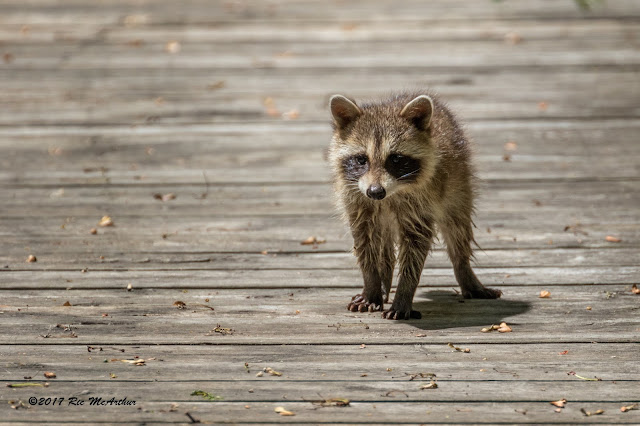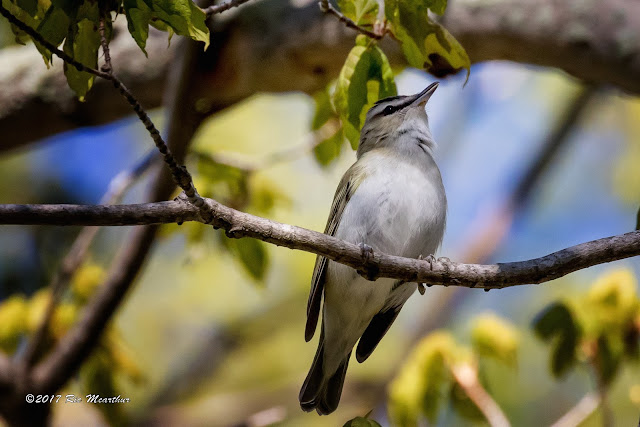It is feeding time in the yard.

Lots of young birds being fed by adults. These are hairy woodpeckers using the suet log as a take out restaurant. Picoides villosus Hairy Woodpeckers sometimes follow Pileated Woodpeckers, and sometimes appears when it hears the heavy sounds of a pileated excavating. As the pileated moves on, the Hairy Woodpecker investigates the deep holes, taking insects the pileated missed. source - https://www.allaboutbirds.org/ …/Hairy_Woodpecker/lifehistory
